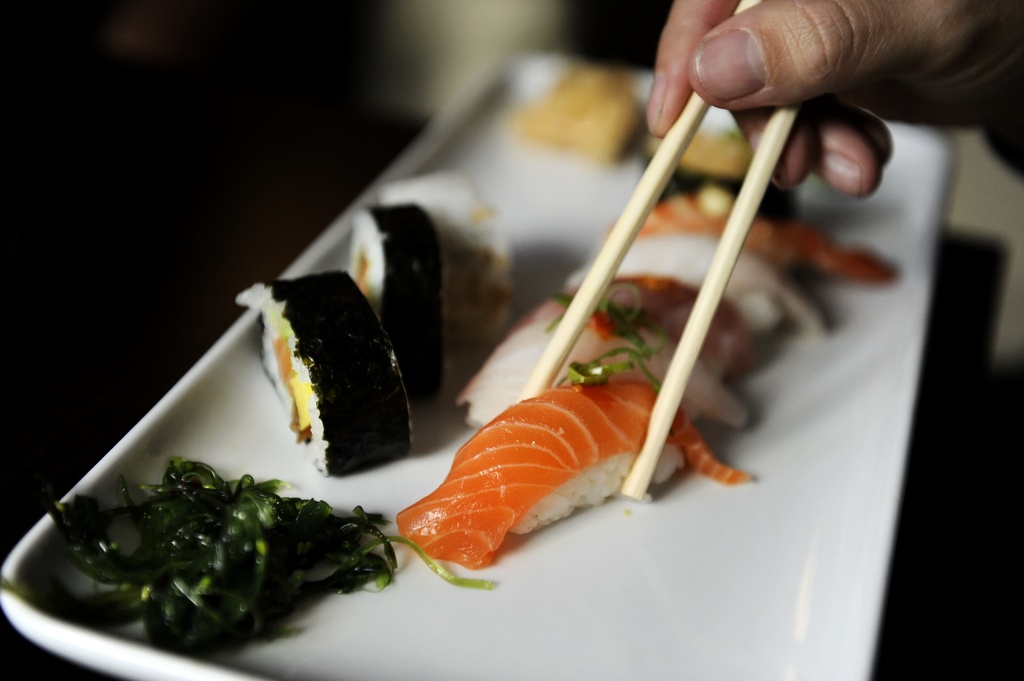
Seaweed and algae have emerged as an increasingly popular foodstuff. But if we are going to start eating more seaweed, we need better rules about which seaweed we can eat, according to a new report.

The algae are in full bloom and they are expected to increase the warmer the climate we get. Now researchers will develop a service that can predict where and when the toxic blooms will occur
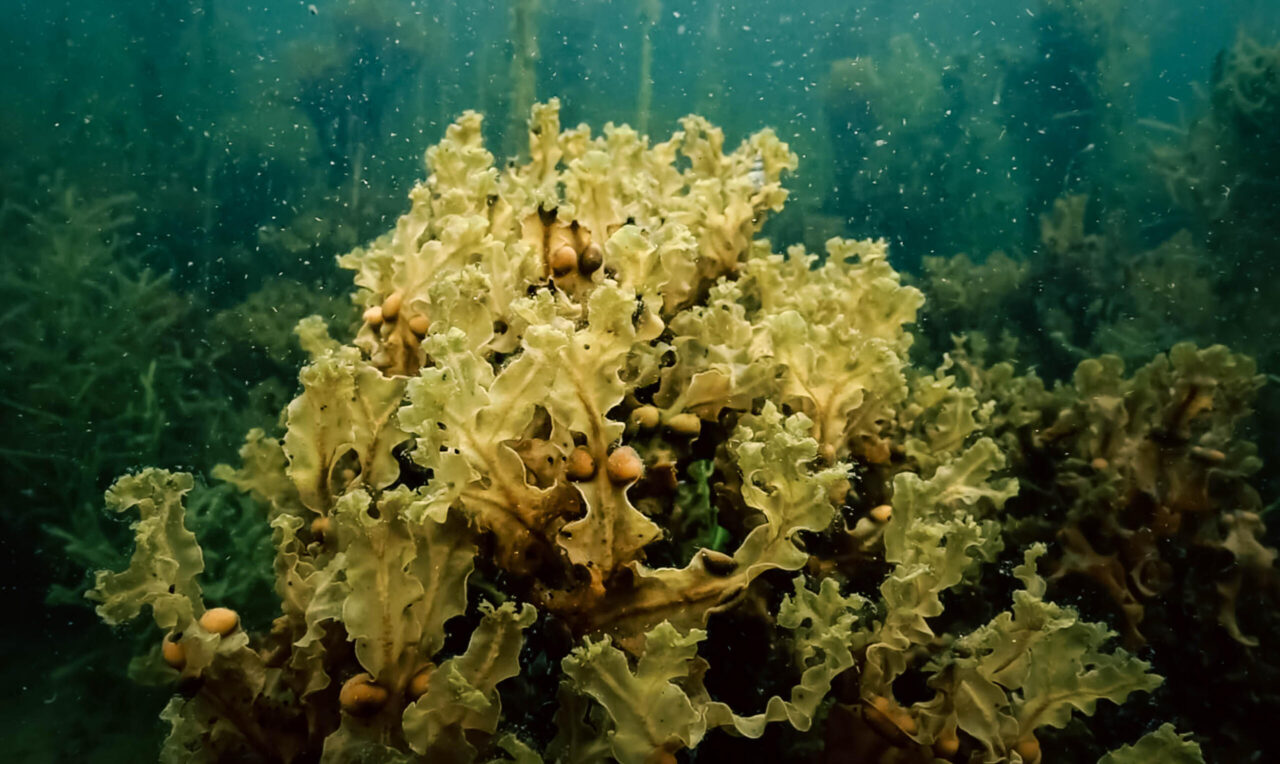
Algae can eventually replace soybeans as a more environmentally friendly protein crop. In Bohuslän, green algae are grown for research purposes – and fertilized with wastewater from the herring and shrimp industry, reports SVT Nyheter
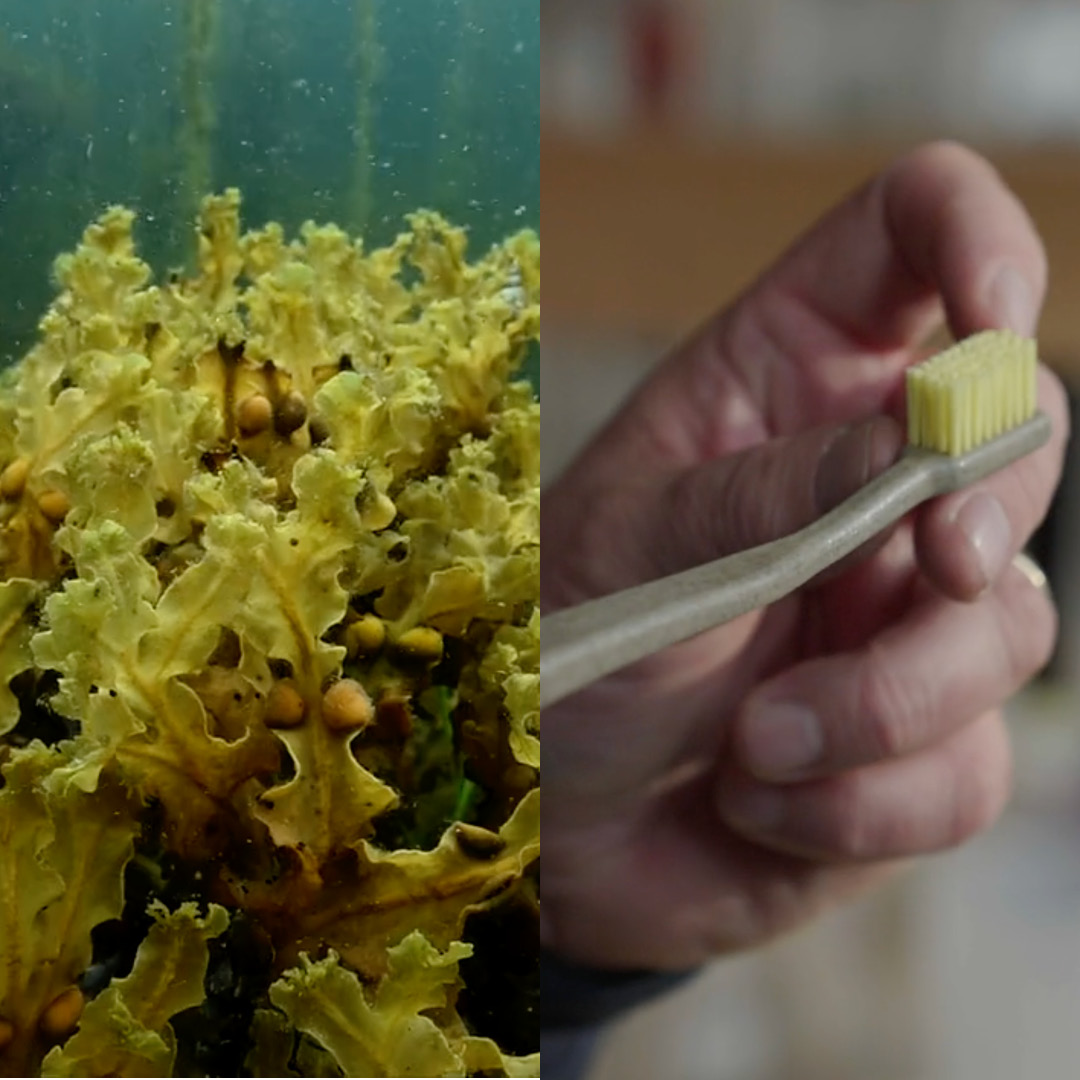
Scientists claim that in the future we will use algae for most things. Fredrik Gröndahl, who is the research leader for the Seafarm project, says that in the near future we will certainly find algae in concrete, clothes and even in our bathrooms
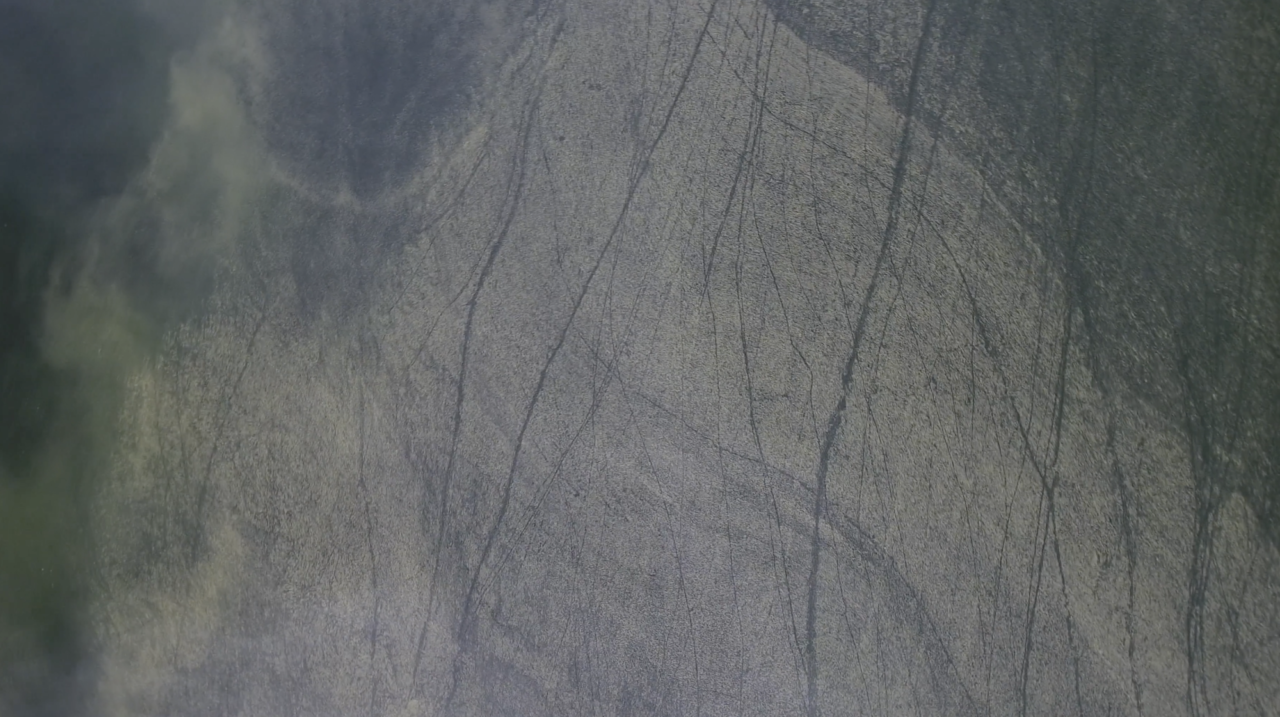
Algal blooms in the Baltic Sea are fertilized by nutrient releases. Emissions have been successfully combated in recent years. But - are vital cyanobacteria threatened by the fight against eutrophication and bottom death?
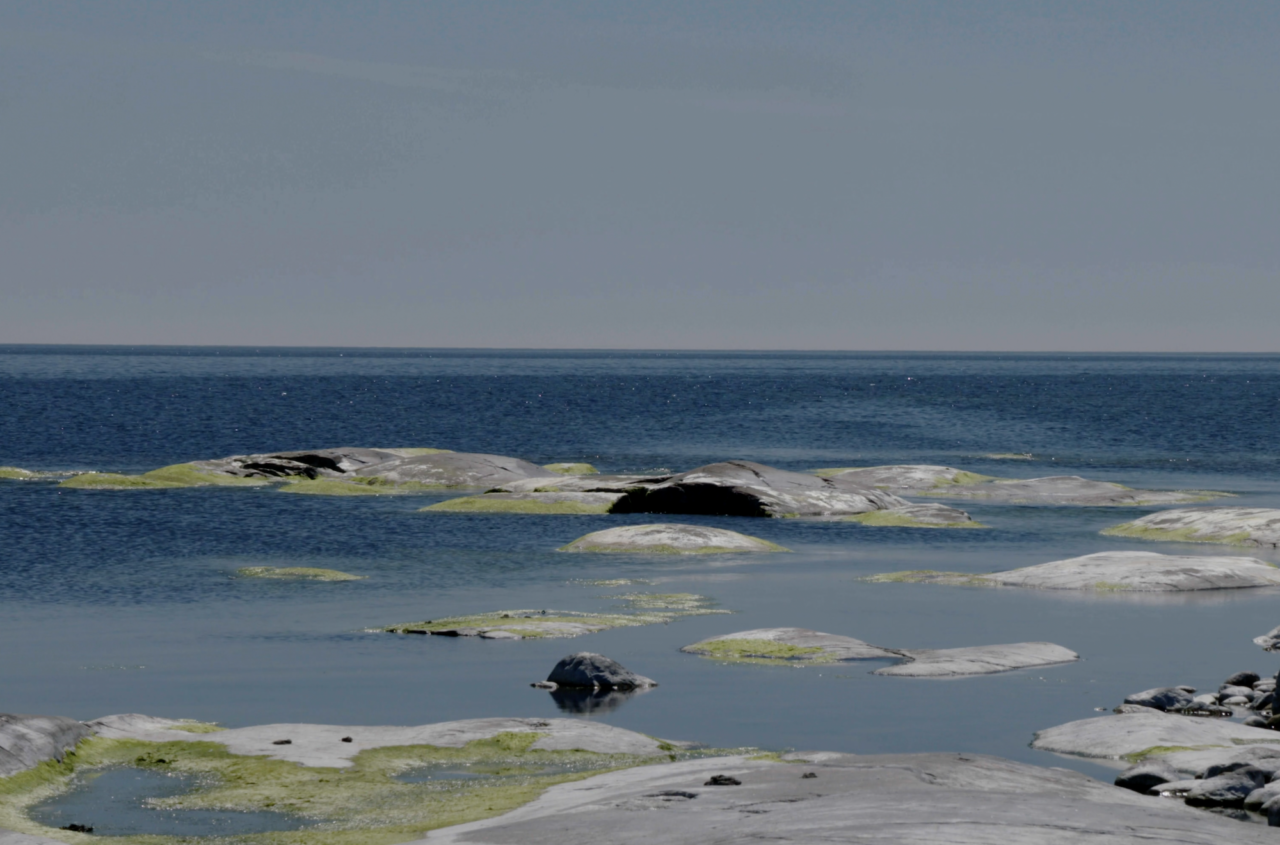
The lack of oxygen in the Baltic Sea continues to crisis in 2020, according to new measurements from SMHI. But the trend can be reversed if we have a little patience